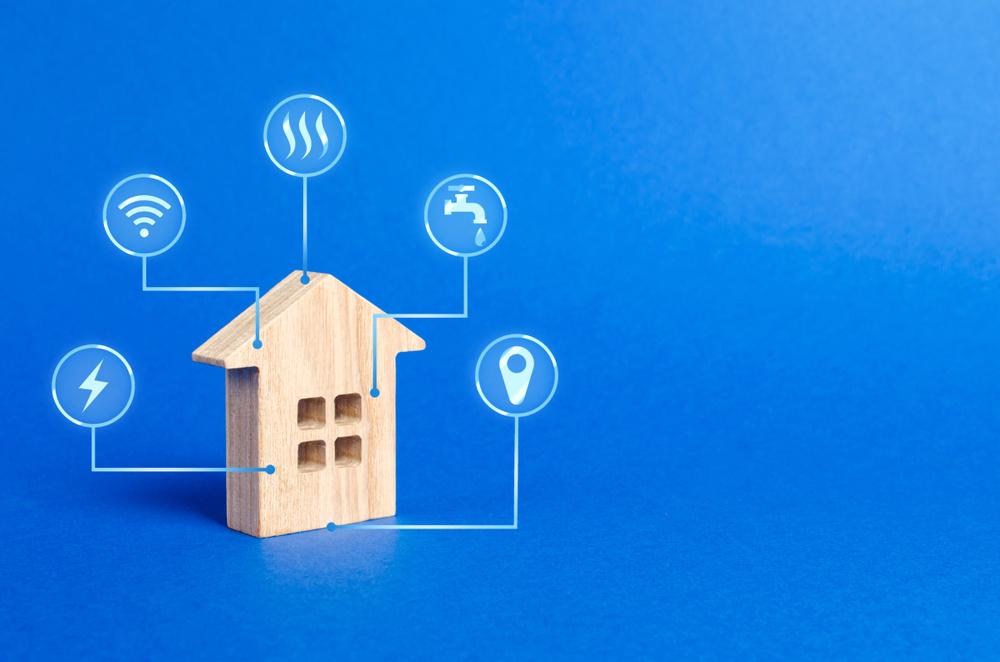Understanding digital transformation projects in the utilities sector
Faced with the challenges raised by the need for green growth and the appearance of increased competition, water, gas and electricity distributors are investing in digital transformation to innovate and develop their customer service.
Companies in the utilities sector are currently facing significant challenges. First of all, society expects clearly greener growth from them. Then, faced with the growing risks linked to cybersecurity, the objectives in terms of security and compliance have intensified. Finally, the opening to competition has, over time, reinforced the need to innovate and develop customer service.
These challenges are significant and players in the sector must therefore stand out with a major digital transformation program.
Contraste Digital has been working with utility companies for many years, supporting them in their digital transformation. In this article, we highlight the strategic IT projects that we have identified.
Cloud infrastructure outsourcing
In order to make many innovative projects possible (IoT, mobility), the transition to the Cloud is a choice made by many organizations. Hosting applications in the cloud makes data accessible at any time, and from any location. It also significantly increases application performance.
But it goes much further. The use of the Cloud allows the IT department to quickly deploy new applications and services to meet customer demand, which in the current context is a prerequisite. Outsourcing IT infrastructure management is a choice that also allows the IT team to focus on projects with high added value, specific to the business.
In this context, we recommend using the Microsoft Azure Cloud which provides strong guarantees in terms of security and performance.
Data centralization and management
Large organizations such as gas, water and electricity distributors have equipped themselves over time with multiple IT solutions. Today, there is real awareness of the importance of efficient data management and its value.
Companies are therefore moving towards digital transformation plans whose objective is to have tools that centralize data. The goal is to make the data unique and available in real time. This is why the optimization of ERP and CRM solutions is at the heart of the concerns of IT departments while also banking on the contributions of Data Virtualization or Business Intelligence platforms.
Increased mobility for field teams
The profession of utilities companies is mainly a field profession. Index reading, installation control, repairs, these are extensive teams who work on the network every day. The teams of these companies are mainly being equipped with tablets or smartphones connected to the company's Information System. At any time, this allows them to access data in real time and also update it.
The productivity of field teams is more important than ever and today requires the implementation of innovative applications. We are thinking in particular of mobile applications allowing the reading of indexes or the management of interventions or of route management solutions optimized via Artificial Intelligence systems. Discover the Resa project
GIS (Geographic Information System) solutions for the collection, processing and dissemination of data relating to a distribution network are currently enjoying great success linked to the speed of action they allow and the innovative tools they offer. in analyzing, understanding and solving problems.
IoT and digitalization of network management and index reading
The utilities sector is investing in IoT projects. Indeed, gas, electricity and water operators all operate with meters which contain a wealth of information.
The implementation of smart meters, which provide performance information from the distribution network, is one of the projects carried out today by many companies in the sector. These smart meters also make it possible to offer new services to users.
Concretely, this involves automatically measuring the index using sensors and sending the information to the organization's computer system.
The objectives are multiple:
- Reduction of costly logistics which requires the travel of a team
- Automation and reduction of the risk of errors linked to the manual reporting process
- Strengthening real-time data visibility
- Prevention of incidents and rapid resolution of leaks or malfunctions
- Definition of automatic workflows within the Information System to accelerate the handling of problems and their resolution
Customer service development
New customer habits are oriented towards a quest for immediacy and real-time monitoring. They inevitably dictate all IT projects in the sector.
Major players in the sector are developing web portals allowing customers to access their consumption information, their contracts and invoices but also services. The challenge of this type of portal is the connection to the rest of the information system, in particular via the implementation of smart meters, for the delivery of reliable information in real time. On the other hand, the connection to the software used by customer service will also be crucial. This is why, sometimes, the portal is simply an extension of the CRM in place, providing access to targeted data.
The management of contracts or invoices also requires the implementation of the dematerialization of documents, particularly for the management and monitoring of contracts or access to online invoices.
If these developments meet customer expectations, on the service provider's side, it also allows efficient and centralized customer monitoring with a 360° view and accelerated processes.
Safety and compliance with international guidelines
Cybersecurity risks are growing. At the European level, compliance with the NIS directive on network and information system security aims to achieve a high common level of network and information system security. It applies to Essential Service Operators and Digital Service Providers.
In this context, organizations are moving to implement a cyber-resilience program and develop a real culture of crisis management.
- Robust cybersecurity defenses.
- Adequate cyber risk preventive measures.
- Appropriate systems and tools for managing and reporting incidents and data breaches.
Learn more about our expertise in developing custom business applications
